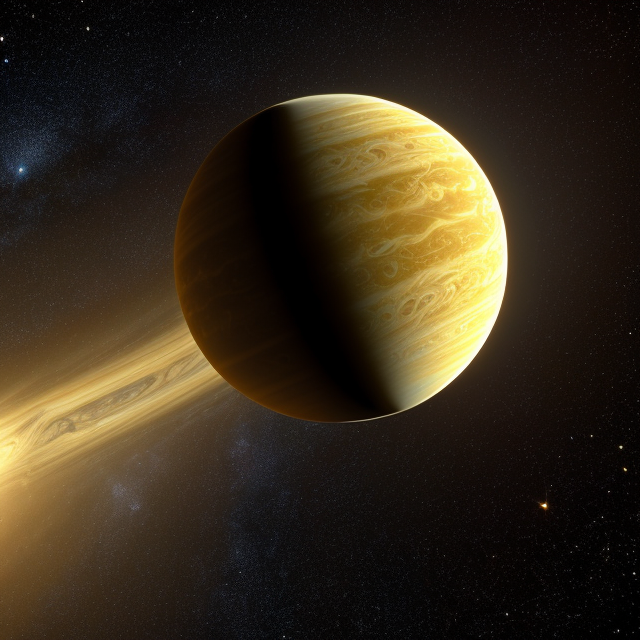|
|
Space Astro
|
Info for exoplanet "Pehowa"
| Scientific (actual) data |
|---|
| Name | Kepler-483 b |
| Planet status | Confirmed |
| Radius | 0.286 |
| Orbital period | 30.2291 |
| Discovered | 2016 |
| Updated | 2021-02-05 |
| Tconj | 2454970 |
| Publication | Announced on a website |
| Detection type | Primary Transit |
| Alternate names | 2MASS J19263522+4153047 b, K00176.01, KIC 6442377 b, KOI-176 b, KOI-176.01, WISE J192635.22+415304.9 b |
| Star name | Kepler-483 |
| Right ascension | 291.65° |
| Declination | 41.88° |
| Mag j | 12.516 |
| Mag h | 12.251 |
| Mag k | 12.222 |
| Star distance | 953 |
| Star metallicity | 0.09 |
| Star mass | 1.28 |
| Star radius | 1.47 |
| Star age | 2.63 |
| Star temperature | 6346 |
| Star alternate names | 2MASS J19263522+4153047, KIC 6442377, KOI-176, WISE J192635.22+415304.9 |
| Wikipedia article | Kepler-483 b |
Back
| |
| Fictional info (?) |
|---|
| Suggested name | Pehowa |
| Planet type | Cold planet |
| Because of its rapid rotation, the planet's shape is that of an oblate spheroid (it has a slight but noticeable bulge around the equator).
tricky trip. |
| Atmosphere | Molecular hydrogen | 76% |
| Hydrogen peroxide | 22% |
| Carbonyl sulfide | 0.99% |
| Hydrogen chloride | 0.21% |
| Ammonia | 0.07% |
| Helium | 0.0024% |
| Atmospheric pressure | 13 bar |
 |
| No known satellites |
| Google search for Pehowa |
|
Website by Joachim Michaelis
|
|
|
|